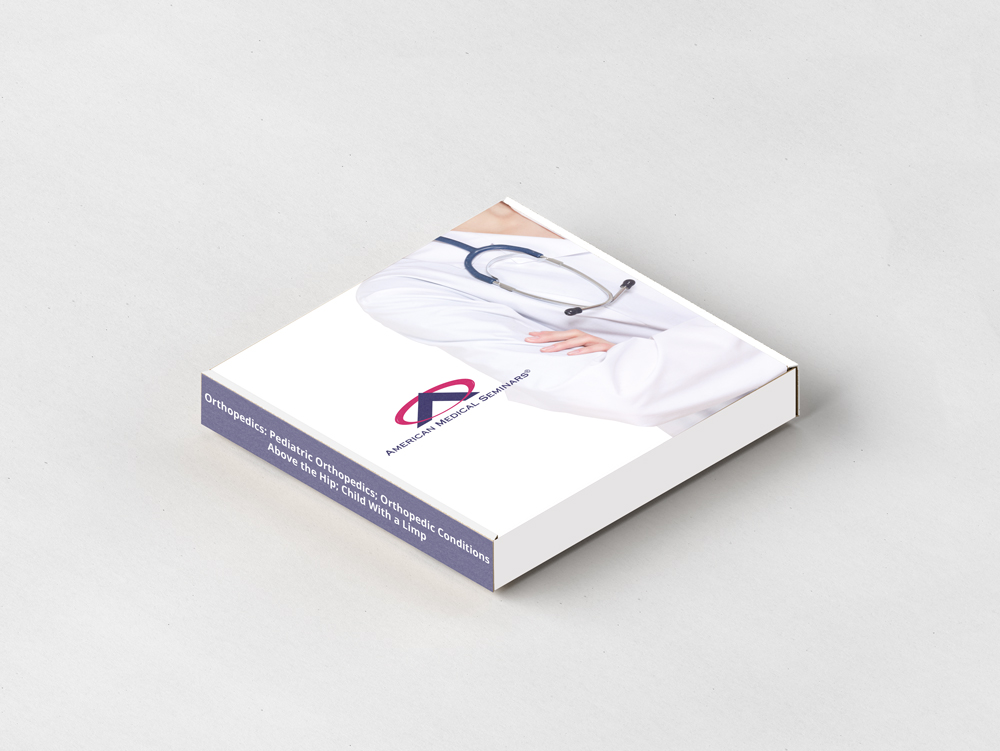Product Description
Title: Pediatrics – Orthopedics: Pediatric Orthopedics; Orthopedic Conditions; Child with a Limp
Faculty: Andrew D. Perron, M.D., F.A.C.E.P., F.A.C.S.M., Robert A. Belfer, M.D.
Original Release Date: July 1, 2019 Expiration Date: July 1, 2022
TOPIC 1: Pediatric Orthopedic Pearls and Pitfalls.
Pediatric orthopedic injuries are frequently seen in the Emergency Department. This population is at risk for missed or mis-managed orthopedic injuries based on inability to provide a history, presence of growth plates and ossification centers, and the imbalance of stronger ligaments and pliable bone. Upon completion of this session, the participant should be able to: EBM, COMP
- Determine the presence of, and apply the evidence-based treatment for Salter-Harris injuries.
- Formulate strategies to avoid the missed diagnosis of pediatric supracondylar humeral fractures.
- Integrate effective methods to avoid the missed diagnosis of slipped-capital-femoral epiphysis and employ the acute treatment algorithm once it is identified.
TOPIC 2: Orthopedic Conditions Above the Hip.
Upon completion of this session, using national Evidence Based Medicine sources including Cochrane Collaboration and published guidelines from sources including the American Academy of Pediatrics, the participant should be able to: EBM, GL, COMP
- Interpret radiographs that demonstrate Salter-Harris fractures in the pediatric patient.
- Initially manage fractures of the upper extremity and recognize when to refer to an Orthopedic Surgeon.
- Develop management plans for fractures; assess the need for urgent orthopedic consultation.
TOPIC 3: The Child with a Limp.
Upon completion of this session, using national Evidence Based Medicine sources including Cochrane Collaboration and published guidelines from sources including the American Academy of Pediatrics, the participant should be able to: EBM, GL, COMP
- Discuss the importance of age to specific hip pathology.
- Differentiate etiologies of limp in the pediatric patient.
- Review management of specific orthopedic conditions.
- The receipt for any incentive-associated purchase will designate the value of the gift card separately from the cost of the learning activity.
- This incentive may have implications on your tax reporting obligations. Any reimbursed amount must be declared as personal income for tax purposes.


